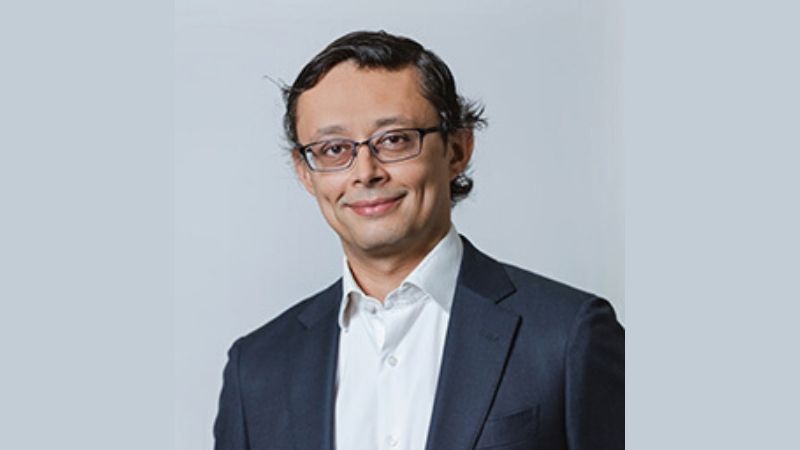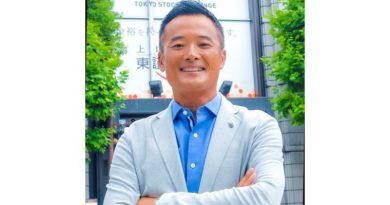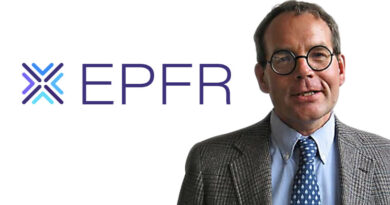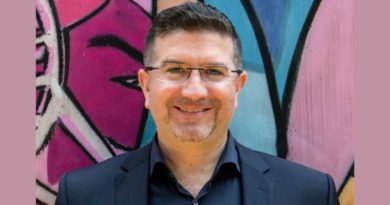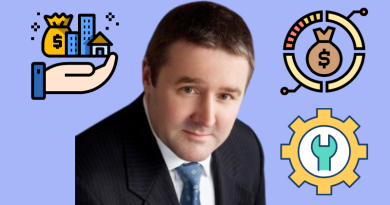Anubhav Mehrotra: “Our strategy can play a meaningful diversification role”
EASTvine Capital, an Asia-Pacific-focused independent asset manager, is about to reach the one-year track-record mark with its trade finance fund. Its aim is to provide stable returns via the financing of physical commodity trade flows. Anubhav Mehrotra, the Chief Investment Officer of EASTvine Capital, provides the Hedge Funds Club’s Stefan Nilsson with an update on the fund’s first year and what the plans for the future are.
It’s now been about a year since your fund went live. How have you found the first year of running a fund business rather than preparing to run a fund business?
Hi Stefan, a pleasure to be speaking with you again. As you mention, we will complete one year of fund investments at the end of August and we could not be more thankful for what we have achieved so far in an extremely testing environment. While a lot of attention is naturally paid to the return numbers, which are meeting our stated objective, we have now set up a functioning fund management business. This not only means that we have a portfolio of investments that generate the target returns but also that our policies and procedures for execution, control and risk management are now up and running and constantly being tested and fine-tuned. This also means that many other crucial aspects of the fund management business are being adhered to and monitored – our compliance and regulatory obligations, IT and cyber considerations, internal and external audits and human resources, amongst others. In preparing for the fund launch, we had given a lot of thought to our policies and processes and are pleased that they have assisted in the smooth running of the business in the first year.
The pandemic meant that your launch preparations took a couple of years longer than originally planned. In hindsight, was this delay a good thing?
The pandemic was indeed one of the many headwinds we faced as we set up the fund. From an investment perspective, I do not think the delay made a big difference as many of the pandemic-related issues still persist and needs constant management. As a matter of fact, the companies in our investment pipeline pre-pandemic continued to perform through 2020/21 and now are part of our existing portfolio. Where I feel the delay unwittingly contributed was in testing our resolve, both individually and as a team, and our commitment to the investment strategy. We are pleased to have stayed the course during those difficult times, upholding one another and hopefully battle-hardened from those experiences and look forward to further challenges and opportunities.
Has the strategy performed in line with expectations so far and has it proved to be relatively uncorrelated to the public markets?
We are confident that a well-executed strategy will deliver the risk and return objectives. After an initial ramp-up phase, the fund returns are now at par with expectations, and we continue to monitor and manage risk in a disciplined manner. Indeed, the broadly poor performance of the public markets in the first half of 2022 also enabled us to exhibit the uncorrelated nature of this investment strategy. I am therefore not the least bit surprised that institutions like KKR and Apollo are now actively advocating the addition of private market and alternative strategies in a “60/40” portfolio.
Many macro events – not least wars and regional unrest as well as the ongoing global pandemic – have severely impacted commodities this year. Your strategy is not directly exposed to commodity price volatility but how has the macro environment impacted it and how do you manage that risk, if any?
As I mentioned, many of the pandemic-related issues still persist and along with geopolitical events continue to evolve and impact commodity prices. While the fund investment strategy does not take outright risk on commodity prices, we still need to monitor the secondary effects of higher commodity prices and increased volatility within our portfolio. Sharp increases or decreases in commodity prices can result in increased margin calls and liquidity pressures arising from our borrower’s hedging activities. On risk management, increased volatility has an impact on the loan-to-value ratio of our loans and in certain instances can also result in undesirable behaviour from counterparties in the supply chain (e.g. reneging on commercial agreements, etc.). While our standard investment monitoring policies ensure constant engagement with our portfolio companies, where applicable in recent times, we immediately followed up with the borrowers to discuss the impact on their liquidity positions. We also asked for updates on discussions with their counterparties, to gauge any stress in the supply chain. As part of our onboarding process, we do evaluate the options our borrowers may have in case they need to find alternative counterparts to deal with. Finally, our weekly mark-to-market checks resulted in top-ups at various points over the last few months were all fulfilled as per contractual agreements.
You’re up and running and have about a year’s real track record now. What’s next? How do you plan to grow your business from here?
That’s the million-dollar question alright! I’d like to think of our next phase in two parts – (1) ensure that the current capital is well deployed and generates the required returns where risk is managed in a disciplined manner; and (2) continue to raise further capital for our healthy pipeline of investment opportunities. When we left our banking roles and set up the fund in 2018, the aim was to offer investors an option for an attractive risk-adjusted return in a macro-economic environment, that even in 2018, felt over-leveraged, uncertain and prone to extreme volatility. I don’t think anyone can deny that we are there now and hopefully our strategy can play a meaningful diversification role in certain investor portfolios. Other than that, our plan is to continue to work hard, remain grounded and stay humble.

